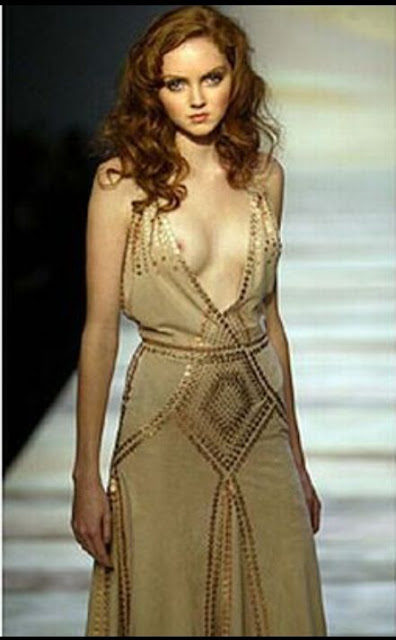68147173
 |
| Fiona Mozley Photo by Heidi Stoner |
Review: 'Elmet,' by Fiona Mozle
FICTION: A gripping, disquieting first novel set in Yorkshire, which was shortlisted for Man Booker Prize.
By Malcolm Forbes Special to the Star Tribune
JANUARY 5, 2018 — 11:49AM
The outsider on this year’s Man Booker Prize shortlist was, appropriately, a novel about outsiders. Fiona Mozley’s debut novel “Elmet” follows a father and his two children as they beat a retreat from an intolerant and uncaring society and forge a new rural life for themselves in a small copse. However, peace comes at a price, and in time the family’s “strange, sylvan underworld” is besieged by hostile forces hellbent on tough justice.
The book takes its name from an ancient Celtic kingdom that covered what is today part of Yorkshire. For her epigraph, York-born Mozley quotes from Ted Hughes, who in his “Remains of Elmet” poems referred to the area as a former badlands, “a sanctuary for refugees from the law.” Though set in the present, Mozley’s novel re-creates that lawless realm and reinterprets the region’s medieval history. The result is a dark, rich, timeless fable.
Mozley’s main characters are narrator Daniel; his “hawkish” sister, Cathy; and their hulking father, always referred to as Daddy. After Cathy is reprimanded at school for standing up to school bullies, Daddy whisks his children away to begin again far from the madding crowd. He builds a house and teaches the children how to plant and forage, and hunt for food with bows and arrows. He also enlists Vivien, one of their few neighbors, to school them. “She’s going to teach you things what I can’t. She’s good at things what I aren’t.” When cash is required, Daddy takes part in bare-knuckle fights, always winning. “The violence,” Vivien explains, “he needs it. It quenches him.”
The family lives off the land — “land that lives and breathes, and changes and quakes and floods and dries.” The problem is the land isn’t theirs. Mr. Price appears on the scene to repossess what he claims is rightfully his. For a while he is kept at bay. But when he suffers a particularly heavy loss, the finger of suspicion points at Daddy — at which point a vengeful Price decides these outcast-misfits haven’t so much outstayed their welcome as overstepped the mark.
The main narrative of the novel is routinely intercut with short sections — italicized, vignette-sized — each an update on Daniel’s search for a missing Cathy. We come to read with mounting dread, bracing ourselves for a devastating conclusion. Mozley doesn’t disappoint. Before getting there, though, there is a great deal to appreciate, even wonder at. Mozley dexterously balances scenes of harsh cruelty and visceral brutality (not least a bloody fight that is all muscle, gristle and spilled teeth) with quieter, ruminative interludes, such as the fate of the siblings’ mother. Landscape is vividly mapped; characters are simultaneously magical-mythical (Daddy the “bearded giant”) and strikingly real; and the local dialect lends a musicality to each exchange (“He indt there”; “there wandt owt I could do”).
“Elmet” is bleak but beautiful, earthy yet airy. Mozley has emerged as an exciting new talent.
Malcolm Forbes has written for the Times Literary Supplement, the Economist and the Daily Beast. He lives in Edinburgh, Scotland.
Elmet
By: Fiona Mozley.
Publisher: Algonquin, 312 pages, $15.95.
STAR TRIBUNE






























